

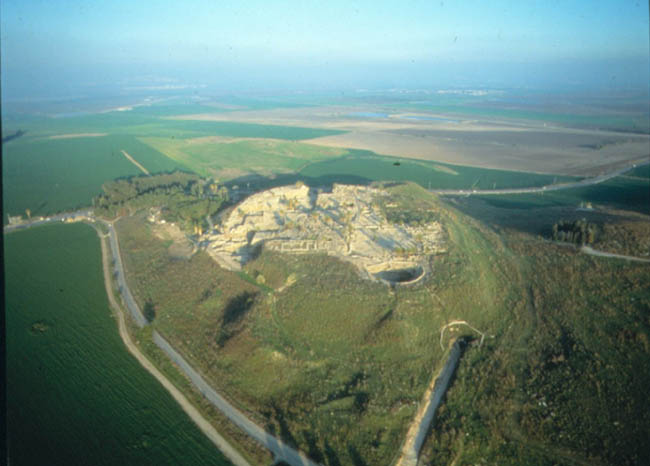
Megiddo is widely regarded as the most important biblical period site in Israel. Surrounded by mighty fortifications, outfitted with sophisticated water installations, and adorned with impressive palaces and temples, Megiddo was the queen of cities of Canaan and Israel.
Megiddo began to dominate the surrounding countryside in the 4th millennium B.C.E. (ca. 3500) – at the dawn of urbanization in the Levant. Today its monumental architecture provides the most impressive evidence of the rise of the first cities in the region.
In the late 4th, 3rd and 2nd millennia B.C.E. Megiddo was probably the most powerful city-state in the north of Canaan. When the Canaanite city-states revolted against Pharaonic attempts at hegemony, it was at Megiddo that they assembled to do battle. The Egyptian army, led by Pharaoh Thutmose III, surprised the rebels by choosing the most dangerous route of attack – through the narrow ‘ Aruna Pass. After routing the Canaanite forces and capturing rich booty, Thutmose III laid siege to the city for seven months. His decisive victory enabled him to incorporate Canaan as a province in the empire of the New Kingdom. The description of the battle of Megiddo is the earliest account of a major war in antiquity.
Six letters sent by Biridiya, King of Megiddo, to the Egyptian Pharaoh Akhenaten in the 14th century B.C.E. were discovered in the archive of el-Amarna in Egypt. The letters indicate that Megiddo was one of the mightiest city-states in Canaan. The magnificent ivories found in the Late Bronze Age palace at the site also attest to the city’s wealth and grandeur and its varied cultural contacts in this era.
The Bible lists the king of Megiddo among the Canaanite rulers defeated by Joshua in his conquest of the land (Josh. 12:21). According to I Kings (9:15), King Solomon built Megiddo together with Hazor and Gezer. At that time the city had become the center of a royal province of the United Monarchy. The Egyptian Pharaoh Shishak took Megiddo in the second half of the 10th century. His conquest of the city is affirmed both in his inscriptions at the Temple at Karnak and in a stele erected at the site. In the 9th and 8th centuries B.C.E., the rulers of the Northern Kingdom refitted the fortress even more elaborately than before. The palaces, water systems and fortifications of Israelite Megiddo are among the most elaborate Iron Age architectural remains unearthed in the Levant.
In 732 B.C.E., the Assyrian King Tiglath-pileser III took the region from the Northern Kingdom. In the following years Megiddo served as the capital of an Assyrian province. With the fall of the Assyrian empire the great religious reformer, King Josiah of Judah, was called to Megiddo to report to Pharaoh
Necho of Egypt, who was on his way to assist the crumbling Assyrian army in its last-ditch efforts against the Babylonians. Josiah was slaughtered by Necho (II Kings 23:29). Recollection of this event, along with the memories of the great battles fought here, were probably the bases for the idea in the Book of Revelations (16:16) that Armageddon (the mound of Megiddo) would at the end of days be the site of the last battle between the forces of good and the forces of evil. From : http://megiddo.tau.ac.il/history.html
Biblical References to Megiddo
Religious Buildings and Society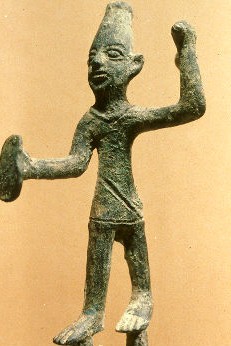
Baal figurines: Figurines found at Megiddo during the Bronze Age resemble the Canaanite deity Baal who is usually portrayed with a raised hand or as seated on a bull. Similar figurines are found at Hazor, Lachish, and Gezer. Worship of Ba'al was a prominent feature in Canaanite religion.
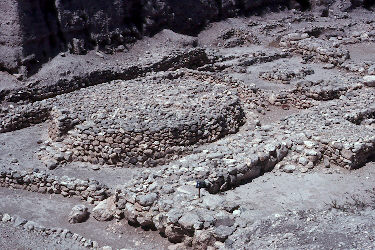 High Place, Bamah:
There are references to "high places" or bamot throughout the Bible. These may have been altars of stones,
such as the one found at Megiddo. This huge round altar at
Megiddo, almost 26 feet in diameter and 5 feet high, dates to the
Early Bronze Age and was used well into the Late Bronze Age by the
Canaanite population. A large quantity of animal bones were
found on and near the altar indicate it usage was for sacrifice and
worship. Archaeologists believe that this stone altar resembles
the "high places" in the Bible, which were condemned by the
religious reformers in the eighth and seventh centuries B.C.E.
High Place, Bamah:
There are references to "high places" or bamot throughout the Bible. These may have been altars of stones,
such as the one found at Megiddo. This huge round altar at
Megiddo, almost 26 feet in diameter and 5 feet high, dates to the
Early Bronze Age and was used well into the Late Bronze Age by the
Canaanite population. A large quantity of animal bones were
found on and near the altar indicate it usage was for sacrifice and
worship. Archaeologists believe that this stone altar resembles
the "high places" in the Bible, which were condemned by the
religious reformers in the eighth and seventh centuries B.C.E.
2Kgs 21:3 (=2Chr 33:3) For he rebuilt the high places which Hezeki'ah his father had destroyed; and he erected altars for Ba'al, and made an Ashe'rah, as Ahab king of Israel had done, and worshiped all the host of heaven, and served them.
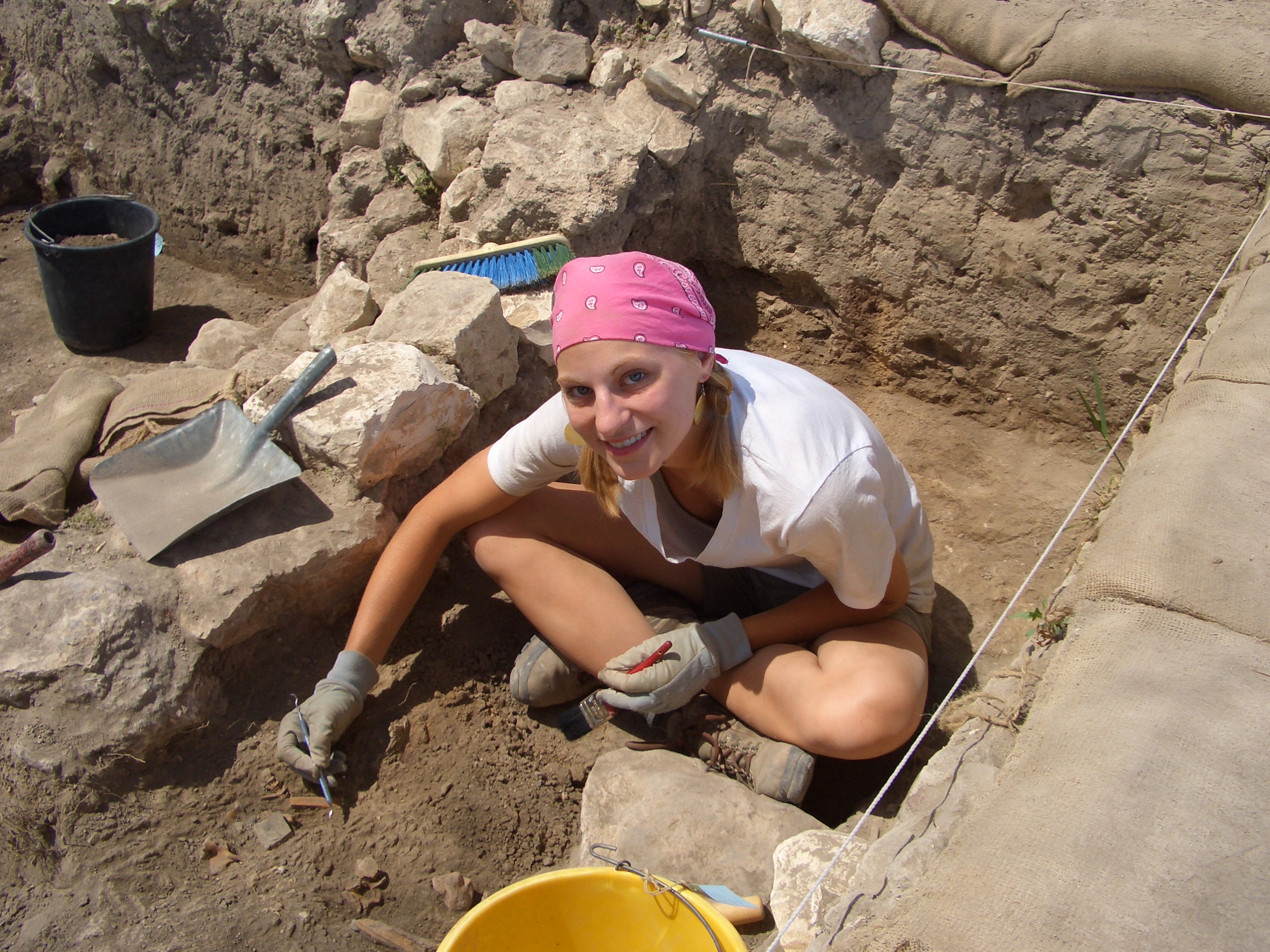 Four Room Houses: The four-room house with rows
of pillars is a defining characteristic of the Iron Age
Israelite settlements. By Iron II, this house design becomes a
standard in domestic architecture. The walls were very thick and some
appear to have had stairs leading archaeologists to suggest
that the houses had a secondary storey. The pillars in the courtyard
area were probably covered. The courtyard area was used for
cooking and other domestic chores. The animals may have been
stabled there too. The side rooms were like long rectangles.
At Megiddo these houses are found within the city walls and
dated to the monarchic period in Israel. Artifacts such as
pots, cooking vessels, ovens, flint blades, and grinding stones were
discovered in the excavation of this domestic area.
Four Room Houses: The four-room house with rows
of pillars is a defining characteristic of the Iron Age
Israelite settlements. By Iron II, this house design becomes a
standard in domestic architecture. The walls were very thick and some
appear to have had stairs leading archaeologists to suggest
that the houses had a secondary storey. The pillars in the courtyard
area were probably covered. The courtyard area was used for
cooking and other domestic chores. The animals may have been
stabled there too. The side rooms were like long rectangles.
At Megiddo these houses are found within the city walls and
dated to the monarchic period in Israel. Artifacts such as
pots, cooking vessels, ovens, flint blades, and grinding stones were
discovered in the excavation of this domestic area.
Philistine Pottery: This pottery style is very similar to contemporary eastern Aegean pottery, and has distinctive decorative characteristics --black and red paint often spiral and/or animal designs. At Megiddo, several Philistine vessel have been unearthed indicating Philistine presence in the city from the 12th to the end of the 11th century BCE.
Pala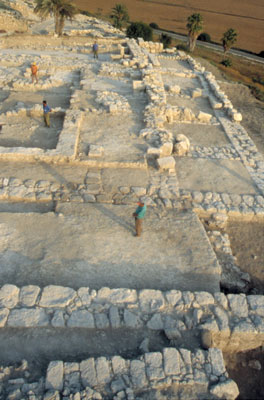 ces: Several palaces
have been discovered at Megiddo. During the Middle Bronze through the
Late Bronze Age (almost 800 year), Megiddo was a major urban
Canaanite city. Though under Egyptian domination or influence
at some points in its history, the remains of Canaanite Megiddo still
stand, including Canaanite temples and palaces. These Canaanite
palaces are also found at Hazor and Gezer. In the Iron Age two
or three other palaces may reflect the building activities of King
Solomon and marks Megiddo as one of his royal cities. (Cf
1Kgs 9:15)
ces: Several palaces
have been discovered at Megiddo. During the Middle Bronze through the
Late Bronze Age (almost 800 year), Megiddo was a major urban
Canaanite city. Though under Egyptian domination or influence
at some points in its history, the remains of Canaanite Megiddo still
stand, including Canaanite temples and palaces. These Canaanite
palaces are also found at Hazor and Gezer. In the Iron Age two
or three other palaces may reflect the building activities of King
Solomon and marks Megiddo as one of his royal cities. (Cf
1Kgs 9:15)
Fortification/Gates and Casemate
Walls: During the 10th century Megiddo was fortified with a
massive six-chambered gate and large casemate walls. A casemate
wall is a double wall partitioned into chambers, usually built with
large ashlar square shaped stones. These Iron Age gates and
casemate walls are similar in structure and design to those at Gezer
and Hazor. By ninth-eighth centuries new fortification lines replace
the casemate wall systems with more solid walls, which may have given
greater protection against the Assyrian sieges. By late in the eighth
century and in seventh century, there is a return to the construction
of casemate wall system.
Wa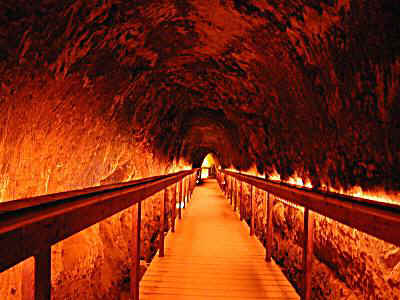 ter
system: The defense of
a city depended not only upon the strength of its fortifications but
also on its ability to provide adequate food and water to the
inhabitants. Hidden access to a nearby spring is found in the
water system at Megiddo. Built probably in the Iron II period,
this water system consisted of a tunnel and a four cornered shaft at
the west end of the city. Water systems are also found at
Hazor, Lachish, and Gezer.
ter
system: The defense of
a city depended not only upon the strength of its fortifications but
also on its ability to provide adequate food and water to the
inhabitants. Hidden access to a nearby spring is found in the
water system at Megiddo. Built probably in the Iron II period,
this water system consisted of a tunnel and a four cornered shaft at
the west end of the city. Water systems are also found at
Hazor, Lachish, and Gezer.
Cuneiform Tablets: One of the most exciting finds on a dig is the discovering of tablets or inscriptions. Several cuneiform tablets have been found at Megiddo, one of the most famous is a portion of the Babylonian Gilgamesh Epic. The tablet has been dated to the Late Bronze Age.
Destruction by Egypt: Around 925-920 BCE, Pharaoh Shishak campaigned in Israel.(1 Kings 14:25-26, 2 Chronicles 12:2-10). There are destruction layers at Megiddo dating to the end of the 10th century. According the Pharaoh's inscription on his temple at Karnak, Megiddo was one of the most northern cities he conquered. A fragmentary stela of Shishak was recovered at Megiddo. The 15 inch fragment, out of a stela that if whole would have been at least 10 feet high, describes Shishak as the beloved of Amun and Re, two Egyptian deities.
Destruction by Assyrians: In 734-732 King Tiglath-Pileser III of Assyrian led campaigns into northern Israel, annexing the territory to the Assyrian Empire and naming Megiddo as capital of this newly conquered Assyrian province. Several Assyrian style buildings are found and reflect the tradition style of Assyrian administrative centers. The Assyrian Chronicles also record Tiglath-Pileser's conquest of Megiddo.
The history of Megiddo is mentioned in several places in the Bible:
Judg 1:27 Manasseh did not drive out the inhabitants of Beth-shean and its villages, or Taanach and its villages, or the inhabitants of Dor and its villages, or the inhabitants of Ibleam and its villages, or the inhabitants of Megiddo and its villages; but the Canaanites persisted in dwelling in that land. Judg 5:19 "The kings came, they fought; then fought the kings of Canaan, at Taanach, by the waters of Megiddo; they got no spoils of silver.
1Kgs 9:15 And this is the account of the forced labor which King Solomon levied to build the house of the LORD and his own house and the Millo and the wall of Jerusalem and Hazor and Megiddo and Gezer
2Kgs 23:29-30 In his days Pharaoh Neco king of Egypt went up to the king of Assyria to the river Euphrates. King Josiah went to meet him; and Pharaoh Neco slew him at Megiddo, when he saw him. (30) And his servants carried him dead in a chariot from Megiddo, and brought him to Jerusalem, and buried him in his own tomb. And the people of the land took Jehoahaz the son of Josiah, and anointed him, and made him king in his father's stead.
Take me back to the regional map
Take me back to the Assignment Page